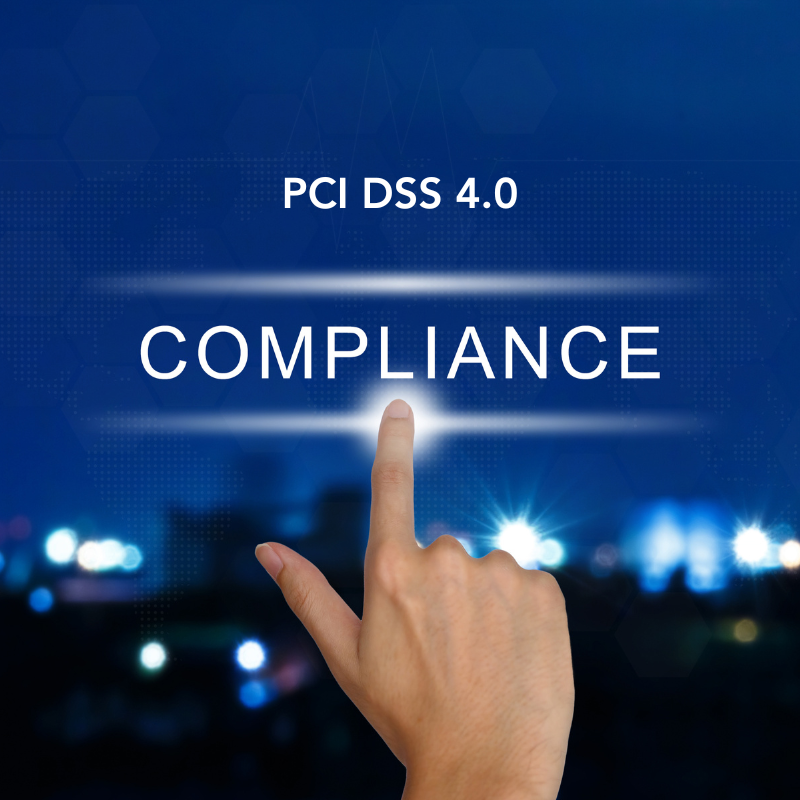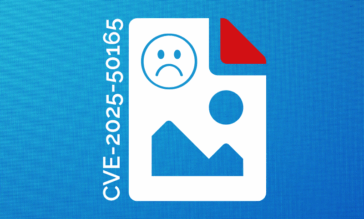PCI DSS 4.0: Understanding the Latest Requirements for Enhanced Security & Trust

PCI DSS has big changes around the bend with the addition of PCI DSS 4.0. While PCI DSS 4.0 has actually been around for some time, as with most PCI changes, it was not instantly required. Instead, there is a lengthy transition period during which organizations can integrate the changes. However, this transition period ended on March 31, 2024, for all core requirements and with all best practices to be implemented by March 31, 2025, forcing all organizations that handle credit card data to comply.
Quick recap: what is PCI DSS?
PCI-DSS stands for Payment Card Industry Data Security Standard – a code of conduct set by major credit card companies to protect cardholders’ sensitive data during transactions. This set of requirements is mandatory for all organizations processing credit card transactions. To read all about it, check out our previous blog on ensuring PCI-DSS compliance. And now back to your previously scheduled PCI DSS 4.0 programming…
Any business that processes, stores, or transmits credit card information is already familiar with the previous security requirements to protect sensitive payment data. However, the new standard provides some improvements in ways to be compliant as well as changes that force organizations to modernize their tech stack and securely embrace dynamic growth. After all, PCI DSS isn’t just about compliance but protection and trust. When customers feel secure, they’re more likely to return.
Key Changes and Updates to PCI DSS
Keeping up with the 4.0 updates is not just a regulatory requirement—it’s a strategic advantage, ensuring businesses are prepared for new threats and seen as trustworthy market leaders. The latest changes focus on meeting organizations’ evolving threat landscape and empowering them to address it with controls that meet their environment and risks.
Enhanced Flexibility
PCI DSS v4.0 introduces enhanced flexibility, a significant evolution to accommodate diverse technological and business environments. This version recognizes that one size does not fit all when securing payment data. Organizations now have more options for compliance, allowing them to tailor security measures more closely to their specific needs. This approach facilitates broader adoption across varied industries and ensures that security standards can evolve alongside emerging technologies and threats, maintaining robust protection for consumer payment information.
These changes include customizing implementations, allowing organizations to develop customized approaches to meet security requirements. PCI DSS adds more focus to a risk-based approach, allowing organizations to determine when and how innovative solutions fit their needs and address their unique risk scenarios. This allows them to incorporate innovative security solutions such as advanced encryption techniques, behavioral analytics, and tokenization that fit their specific operational models.
Security as a Continuous Process
PCI DSS v4.0 embraces security as a continuous, evolving process, fundamentally shifting away from the concept of one-time or point-in-time compliance. The 4.0 version mandates ongoing monitoring and periodic adjustments to security measures, ensuring that organizations achieve compliance at a specific moment and sustain high levels of security over time. This is especially important as businesses need to adapt to a constantly changing cyber threat landscape and integrate new technologies to keep up with business needs, all while keeping their sensitive payment data secure.
To embody this philosophy, PCI DSS v4.0 incorporates feedback mechanisms and revised validation methods emphasizing regular security reviews and updates. By requiring organizations to engage in a continuous review process, the standard aims to foster a proactive security culture. This ensures that protective measures and responses remain effective against new vulnerabilities and attack vectors, thereby maintaining the integrity and security of payment systems in the face of emerging threats.
Integration of New Technologies
As part of the new changes, there is added support for new technologies, allowing data protection measures to evolve alongside technological advancements. One major enhancement is the adoption of advanced encryption technologies that provide robust data security as it travels across diverse platforms. These technologies are not explicitly listed as PCI DSS aims to be product agnostic but instead focus on requirements such as stronger algorithms and meeting industry best practices, allowing data to remain protected in transit and at rest.
In response to the increasing reliance on cloud technologies, v4.0 also sets forth comprehensive standards for cloud security. These changes include cloud environments having detailed access controls and strong identity and access management practices. It also mandates thorough documentation of cloud architectures and operational processes to ensure all components are secure and compliant.
Similarly, the growth in utilization of Internet of Things (IoT) devices is also addressed as they become more prevalent within payment systems. These changes focus on establishing more rigorous standards for the management and security of IoT devices to prevent them from being exploited in cyber attacks. The standards include requirements for secure authentication, encrypted communications, and regular security updates to address vulnerabilities in IoT devices as they become known. This helps augment IoT devices, which are notoriously vulnerable and prevents them from becoming a gateway for security breaches.
Lastly, PCI DSS v4.0 advocates for using real-time data analysis tools. These tools enhance an organization’s capability to promptly detect and respond to threats, significantly improving the timeliness and effectiveness of security responses.
New Best Practice Requirements
While many 4.0 requirements are already in place, many organizations may still be ramping up the best practices, such as the expanded mandate for multi-factor authentication (MFA). Now, all personnel accessing cardholder data environments must use MFA, not just those with remote access. This change aims to fortify the barriers against unauthorized entry, significantly lowering the risk of security breaches.
These changes to MFA are also valuable as they reduce the risk of credential theft from phishing and help address the new best practice requirements for phishing protections. While some of these protections focus on traditional anti-phishing training for staff, which most organizations do, there are also recommended technical controls. These controls should include means to identify and remove threats from emails and websites, preventing attacks from ever reaching end users.
The new best practices also include enhanced logging and monitoring requirements to help organizations better oversee their environments. These requirements emphasize the need for comprehensive logging of all system components involved in payment processing and real-time monitoring to quickly detect and respond to potential security threats. By mandating detailed tracking and analysis of data interactions, the updated standard provides a higher level of security and transparency, which is crucial for identifying and mitigating risks effectively.
Meeting PCI DSS with Votiro
Votiro helps organizations meet new PCI DSS requirements with Zero Trust Data Detection and Response (DDR), protecting sensitive information by employing advanced analytics to monitor data flows in real time. This enables the DDR to identify and classify sensitive data, such as personally identifiable information (PII), as it moves through the organization. By applying automated data handling and protection policies, Votiro ensures that all sensitive data is managed according to regulatory compliance standards, effectively preventing unauthorized access and potential data breaches.
Built upon their proven Positive Selection® technology, Votiro’s DDR technology also removes malicious threats from data, providing an essential layer of security that aligns with PCI DSS v4.0’s requirements for advanced threat protection. By utilizing proactive Content Disarm and Reconstruction (CDR) technology combined with antivirus (AV), Votiro preemptively eliminates known and zero-day threats from phishing and other attacks before they penetrate the network.
To learn more about Votiro’s Data Detection and Response capabilities, sign up for a one-on-one demo of the platform or try it free for 30 days and see how Votiro can proactively defend your data’s security and privacy.
News you can use
Stay up-to-date on the latest industry news and get all the insights you need to navigate the cybersecurity world like a pro. It's as easy as using that form to the right. No catch. Just click, fill, subscribe, and sit back as the information comes to you.
Sign-up Here!
Subscribe to our newsletter for real-time insights about the cybersecurity industry.



